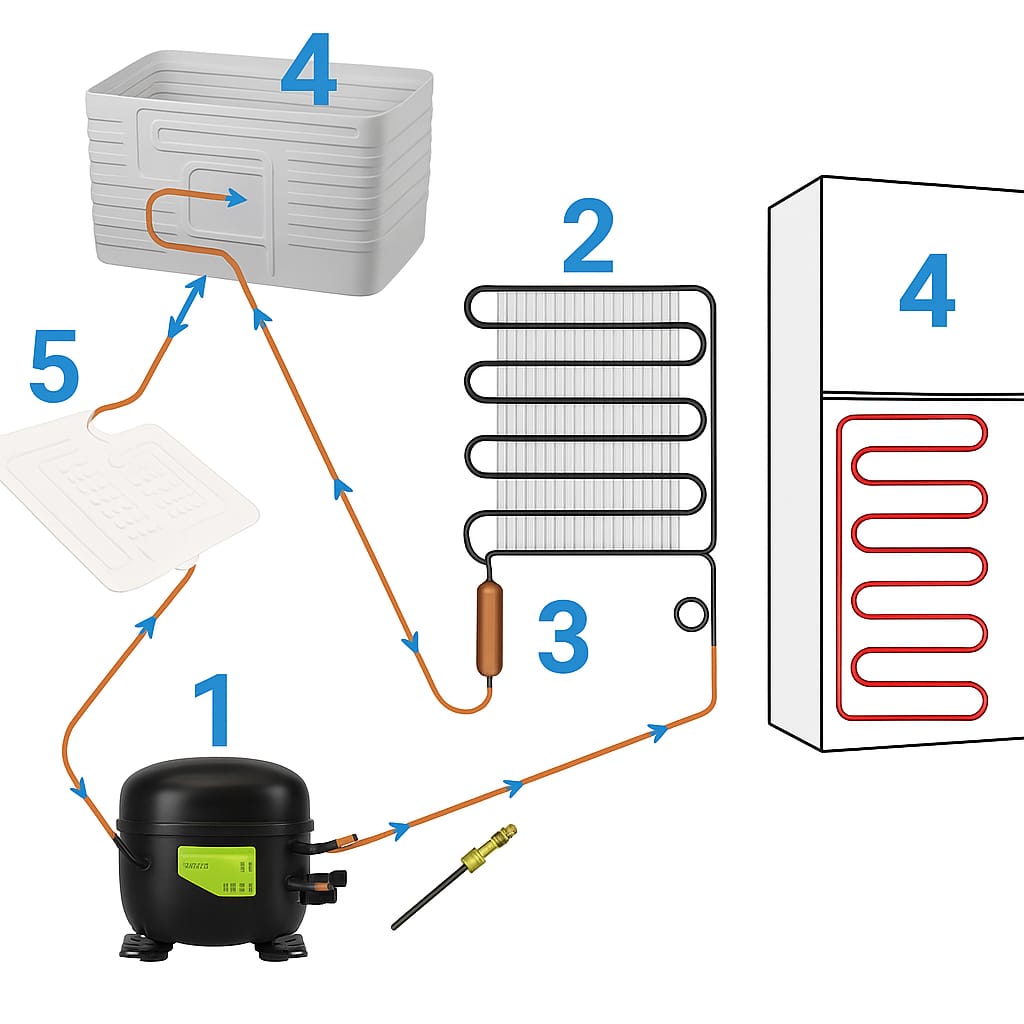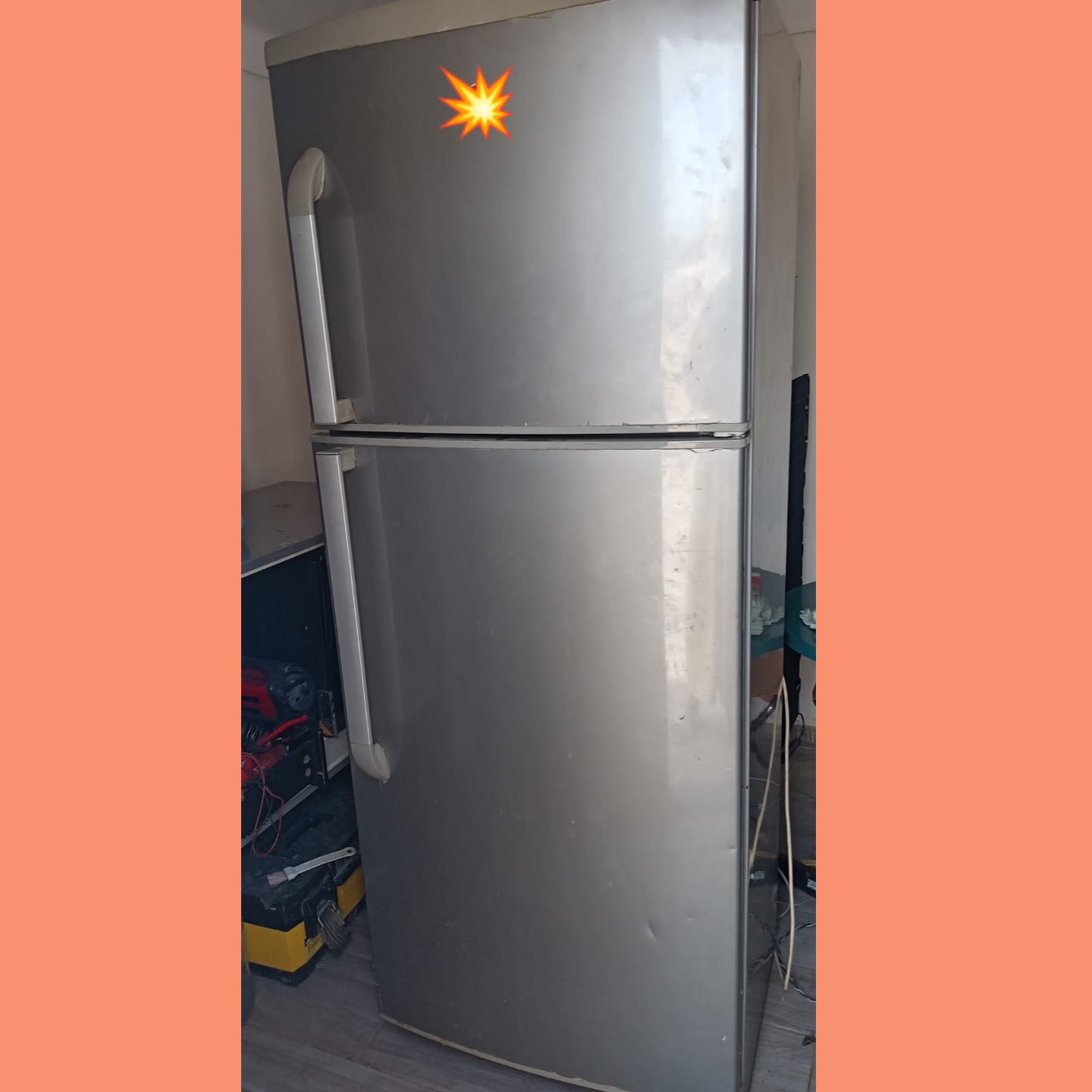
Meta Description: Learn how a refrigerator works in simple terms. Discover the basic components and how they keep your food cold using science and technology.
Refrigerators are an essential part of every modern kitchen. But have you ever wondered how a refrigerator actually works? Whether you’re a beginner in appliance repair or just , this article will break it down in the simplest way possible.
🧊 1. The Main Goal: Removing Heat
A refrigerator doesn’t create cold—it removes heat from the inside and releases it to the outside. It uses a special process called the refrigeration cycle to achieve this.
⚙️ 2. The Key Components
Here are the main parts that make the cooling process possible:
Compressor: The “heart” of the refrigerator. It compresses the refrigerant gas and moves it through the system.
Condenser Coils: Located at the back or bottom. These coils release heat to the surrounding air.
Expansion Valve: It reduces the pressure of the refrigerant and cools it down before it enters the evaporator.
Evaporator Coils: Usually inside the fridge or freezer. This is where the refrigerant absorbs heat from the food and air inside.
Refrigerant: A special chemical that flows in a loop, changing between liquid and gas, and carrying heat with it.
🔄 3. The Refrigeration Cycle – Step by Step
- The compressor compresses the refrigerant gas, making it hot and high-pressure.
- This gas flows into the condenser coils, where it cools and turns into a liquid, releasing heat to the room.
- The liquid refrigerant passes through the expansion valve, which drops the pressure and cools it further.
- It then enters the evaporator coils inside the fridge. Here, it absorbs heat from the food and air.
- The refrigerant becomes gas again and returns to the compressor, starting the cycle over.
🌡️ 4. What Makes It Efficient?
Thermostat: Detects the temperature inside and tells the compressor when to turn on or off.
Insulation: Prevents outside heat from entering the fridge.
Fans: Help circulate cool air evenly.
🛠️ 5. Why This Knowledge Matters
Understanding how a refrigerator works can help you:
Diagnose common problems like not cooling or overheating.
Save money on unnecessary repairs.
Learn the basics if you want to become a technician or DIY enthusiast.
✅ Final Thoughts
The next time you open your fridge, remember: it’s not just a box that magically stays cold. It’s a clever system that follows a scientific cycle of heat transfer, pressure, and chemical reactions—all working together to preserve your food.
💡 Want to learn how to fix common refrigerator problems
Check out our next article: “Top 5 Refrigerator Issues and How to Solve Them.”

